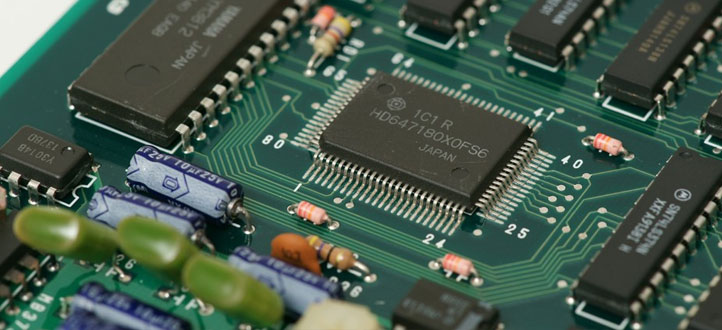The Power of PCB Layering in Assembly

1. Improved Design Flexibility.
PCB layering offers enhanced design flexibility, enabling engineers to accommodate a higher number of components and complex circuitry within a limited space. By stacking multiple layers, manufacturers can effectively increase the board's surface area and reduce the overall size of the product. This not only optimizes space utilization but also facilitates the integration of additional features or functionalities into the design.
2. Enhanced Signal Integrity.
Signal integrity is crucial in electronic devices, and PCB layering plays a vital role in maintaining the integrity of electrical signals. By separating power and ground planes from signal layers, designers can minimize electromagnetic interference (EMI) and crosstalk, ensuring reliable signal transmission. Additionally, using dedicated signal layers helps to control impedance and maintain consistent signal quality across the board, especially for high-speed digital circuits.
3. Efficient Power Distribution.
PCB layering enables efficient power distribution throughout the circuit, ensuring stable and reliable operation. By dedicating specific layers to power and ground planes, manufacturers can achieve low impedance paths and minimize voltage drops. This is particularly important for devices that require high current or have sensitive components that need a clean and stable power supply.
4. Enhanced Thermal Management.
Heat dissipation is a critical consideration in electronic devices, and PCB layering can contribute to effective thermal management. By incorporating dedicated heat dissipation layers or utilizing thermal vias, designers can efficiently transfer heat away from sensitive components, preventing overheating and ensuring optimal performance and longevity of the product.
PCB layering is a fundamental aspect of the assembly process, offering numerous benefits in terms of design flexibility, signal integrity, power distribution, and thermal management. By leveraging the power of PCB layering, manufacturers can optimize space utilization, improve performance, and enhance the overall reliability of electronic devices. As technology advances and devices become more complex, mastering the art of PCB layering is essential for delivering innovative and high-quality products in today's competitive market.

